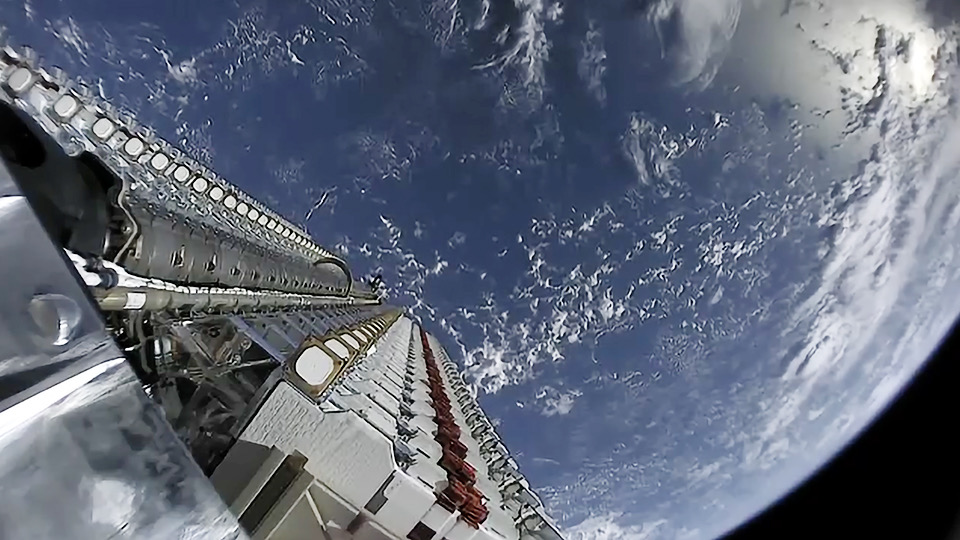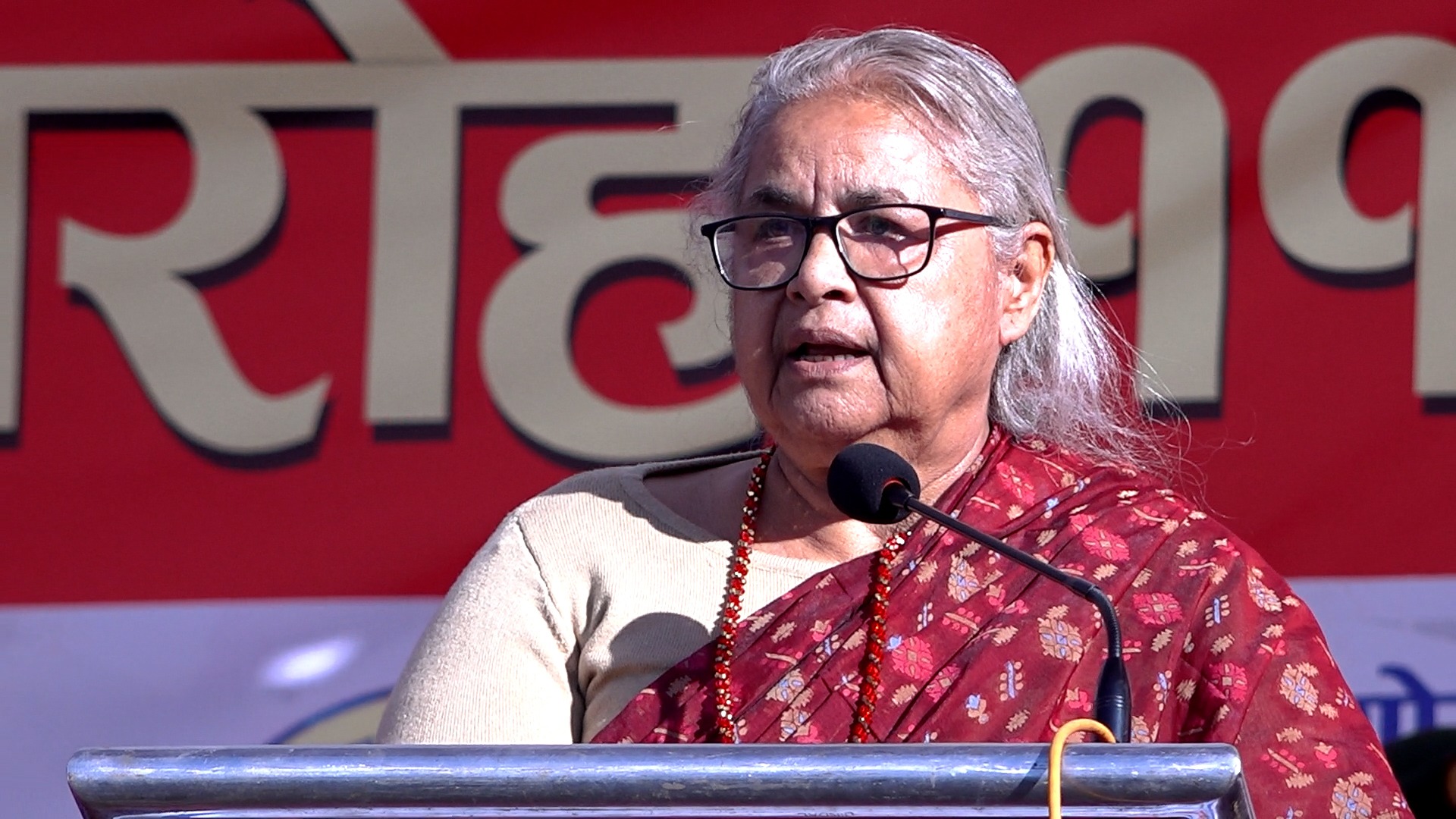SpaceX Starlink satellites allowed at lower altitude by US regulator, Amazon protests

Kathmandu, April 29. Elon Musk’s Starlink project to provide broadband from space received authorization Tuesday to place its satellites lower than previously proposed.
The US Federal Communications Commission (FCC) said the move will “serve the public interest,” and gave SpaceX a green light despite protest from competitors such as Amazon.
SpaceX, which asked the US regulator for the permission which will apply to some 2,800 satellites, has already launched hundreds into space under its project to eventually blanket poorly connected and isolated areas of the globe with internet connectivity.
But the FCC wrote in its decision that: “Based on our review, we agree with SpaceX that the modification will improve the experience for users of the SpaceX service, including in often-underserved polar regions.”
The decision, which was posted online, also said that the lower altitude would allow satellites to be more speedily removed from orbit which would have “beneficial effects” in terms of reducing space debris.
However the FCC stipulated that SpaceX would have to accept any interference to its network as a result of the modification.
And it determined that the company’s satellites would not be allowed to exceed an altitude of 580 kilometers, meaning they will be placed far from Kuiper’s satellites which will orbit at 590 kilometers.
“This is a positive outcome that places clear conditions on SpaceX, including requirements that it remain below 580 km and accept additional interference resulting from its redesign,” an Amazon spokesperson said in a message to AFP.
Amazon added that it was appreciative of the FCC’s work to “maintain a safe and competitive environment in low earth orbit.”
Musk and Amazon founder Jeff Bezos, both of whom have founded space companies, are vying for the title of world’s richest man.
Bezo’s space company Blue Origin on Monday filed a protest against NASA’s choice of SpaceX to build the module that will land the next US astronauts on the Moon.
The Starlink satellites will fly at an altitude of 540 to 570 kilometers instead of at the originally planned altitude of 1,000 to 1,300 kilometers.
Facebook Comment
latest Video
Trending News
- This Week
- This Month

















